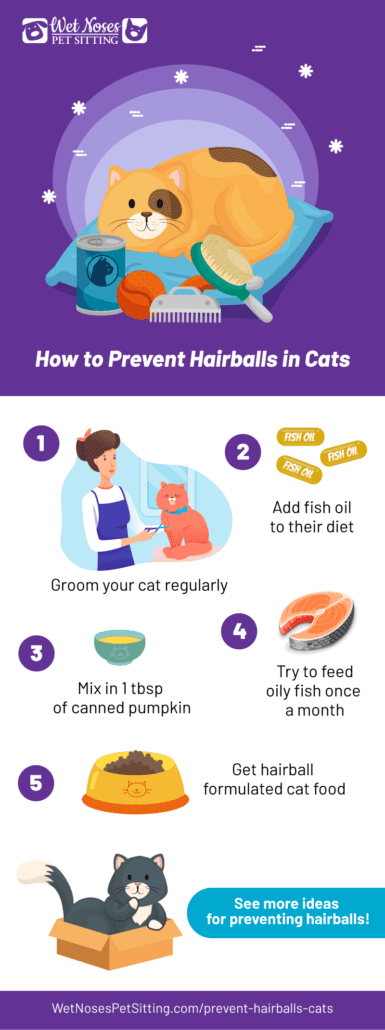Easter Treats – Recipes For Your Pets
Easter is almost here and soon we will be pawing through Easter baskets and sitting down to a nice meal with our loved ones. Don’t forget to include our four-legged family members in the festivities! Bake them some of their very own Easter Treats for them to enjoy.
Carrot Cake for Dogs
Photo: Tastemade
We found this recipe on Tastemade and it looks like a slice of doggy heaven.
Ingredients:
-
1 cup grated carrots (approx. 1 large carrot)
-
1 large egg
-
½ cup canned sardines, drained and shredded
-
¼ cup sunflower seed oil
-
¼ cup water
-
1 cup whole wheat flour
-
cooking spray
-
1 ½ cups cream cheese, room temperature
-
sliced carrot
Directions:
-
Combine the grated carrot and egg in a bowl and beat until well combined. Add the sardines, sunflower seed oil and water and mix until combined. Add the flour and mix well.
-
Spray two 4-inch round cake pans with cooking spray and divide the batter between them, smoothing the surface. Place on a baking sheet and bake at 350F for 35 minutes, until golden brown on top. Cool completely in the pans.
-
Beat the cream cheese with an electric mixer until pale and fluffy.
-
Slice each cake in half to create a total of 4 layers. Place one layer on a serving tray of your choice and spread 2 tbsp of cream cheese over the surface. Repeat with the remaining layers. Cover the entire surface sparingly with cream cheese – they shouldn’t eat too much cream cheese, so just use enough to give the cake a white appearance. Place the remaining cream cheese in a piping bag fitted with a small star-shaped piping tip and pipe dollops of cream cheese onto the top of the cake.
-
Place a heart-shaped carrot onto each dollop and serve!
Dog Bone Treats

Photo: All Recipes
This recipe came from Allrecipes and is great for all occasions. Use bone shaped, egg or bunny shaped, even heart-shaped cookie cutters to make this scrumptious treat for your dog!
Ingredients:
Directions:
- Preheat the oven to 375 degrees F (190 degrees C). Grease cookie sheets. Stir together the flour and baking powder; set aside.
- In a medium bowl, mix together the peanut butter and milk. Stir in the flour mixture until well blended. Turn out dough onto a lightly floured surface and knead until smooth. Roll out to 1/4 inch thickness and cut into shapes using cookie cutters. Place 2 inches apart onto the prepared cookie sheets.
- Bake for 20 minutes in the preheated oven, or until lightly brown. Remove from cookie sheets to cool on wire racks.
Kitty Delights

Image: Serendipity & Spice
We can’t forget our to mak feline friends Easter treats on this holiday, so we picked up this easy cat-friendly recipe from Serendipity & Spice.
Ingredients:
- 1/2 cup white cornmeal
- 1/2 cup flour
- 5oz can of tuna
- 1/2 cup water
Directions:
- Mix all ingredients together until it forms a ball.
- Break off tiny pieces and roll into a small bite size ball and place on baking sheet.
- Flatten ball with a finger– just like you’re making thumbprint cookies.
- Bake at 350 degrees for 5 minutes.
- Flip and bake an additional 5 minutes.
- Let cool and have your kitties enjoy!
What are some of your favorite Easter Treats to make for your pets? We’d love to hear your recipes too! Let us know on Facebook or the comments below!

















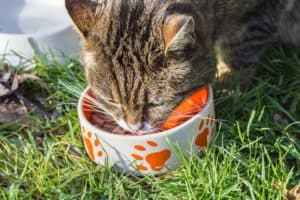
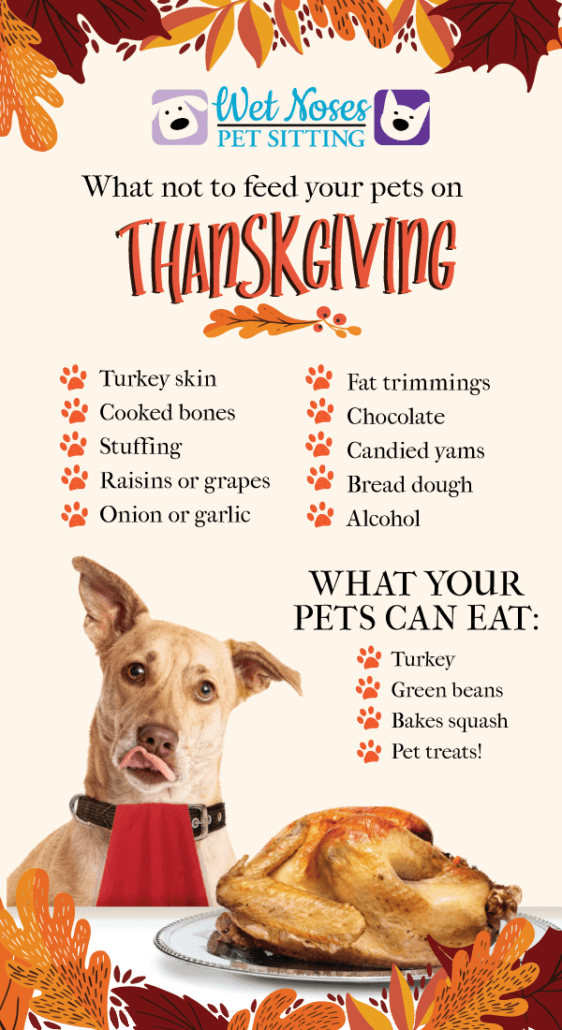
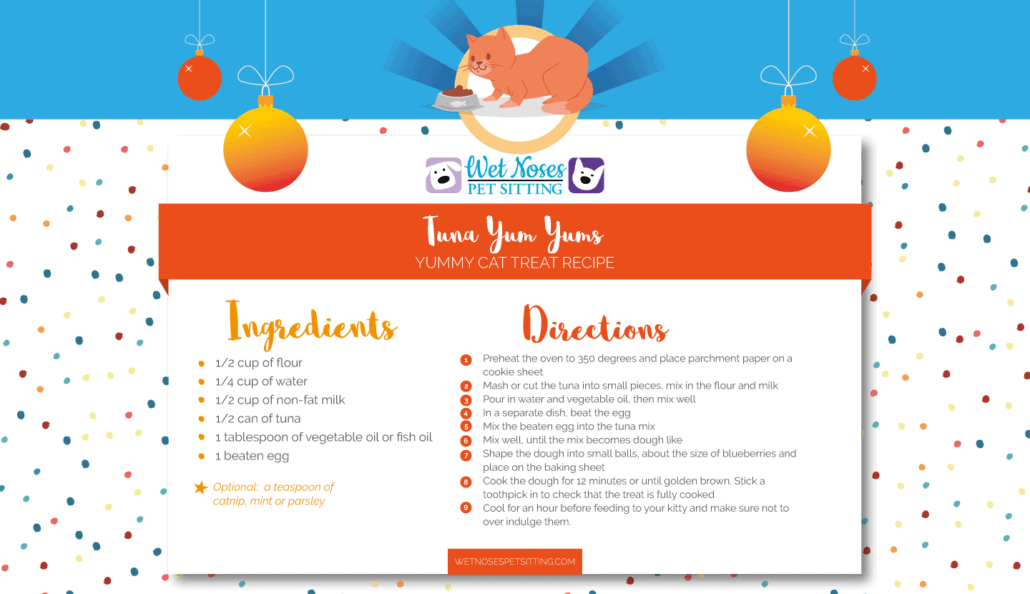
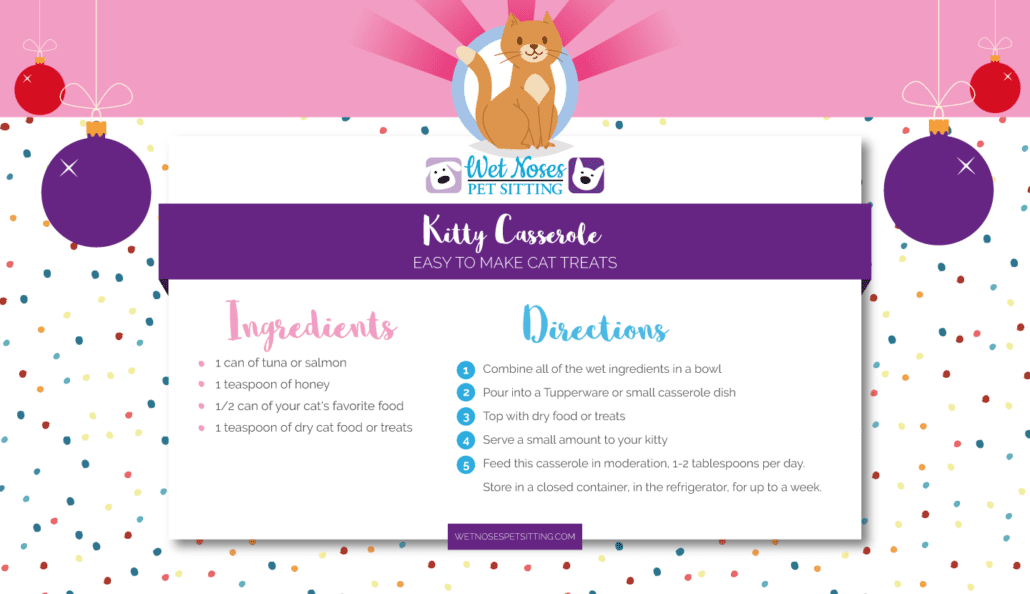
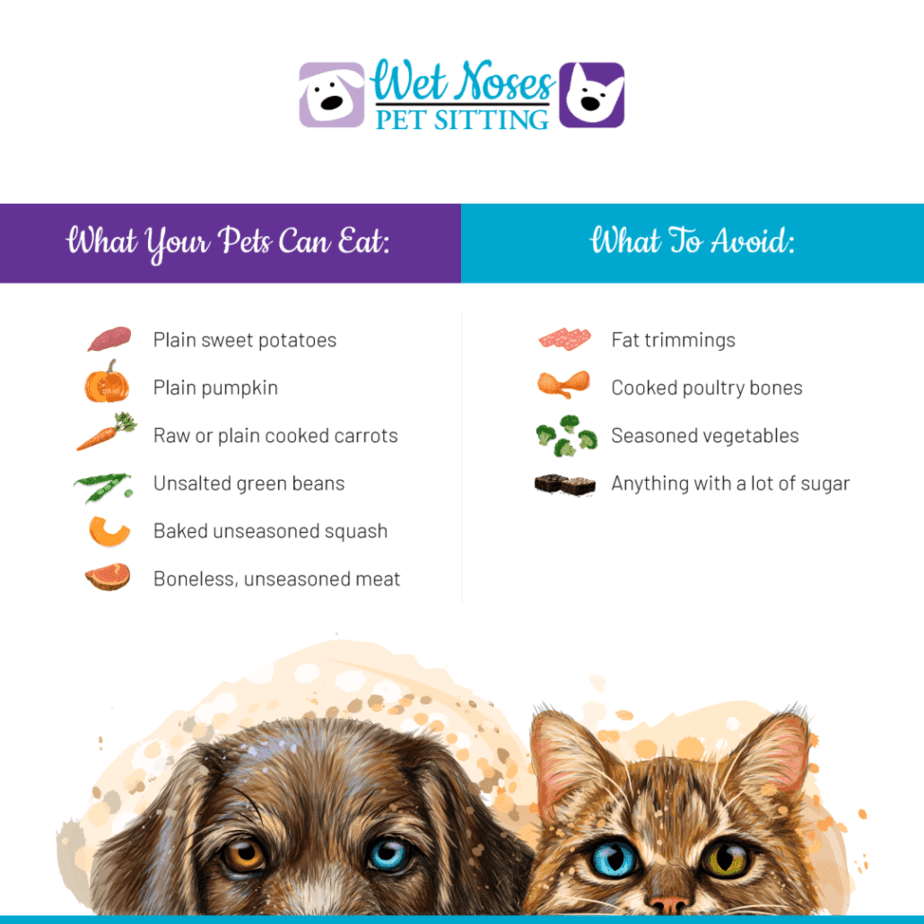





 Cats have tongues that are full of tiny hook-like growths, that’s why they feel rough when they like you. This tiny hooks are not much unlike soft fingernails because they are both made of keratin. When grooming, these hooks catch loose and dead fur which is then swallowed. Most of it passes through the digestive system without a problem.
Cats have tongues that are full of tiny hook-like growths, that’s why they feel rough when they like you. This tiny hooks are not much unlike soft fingernails because they are both made of keratin. When grooming, these hooks catch loose and dead fur which is then swallowed. Most of it passes through the digestive system without a problem.